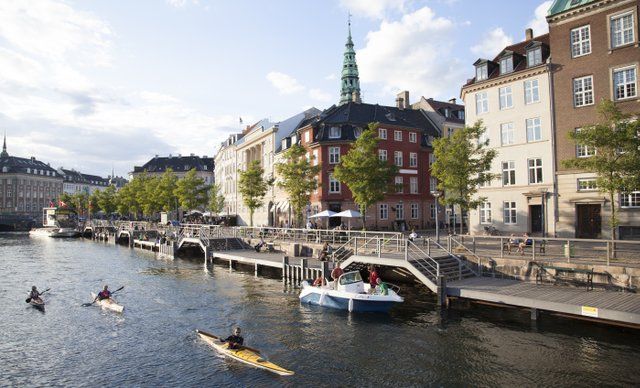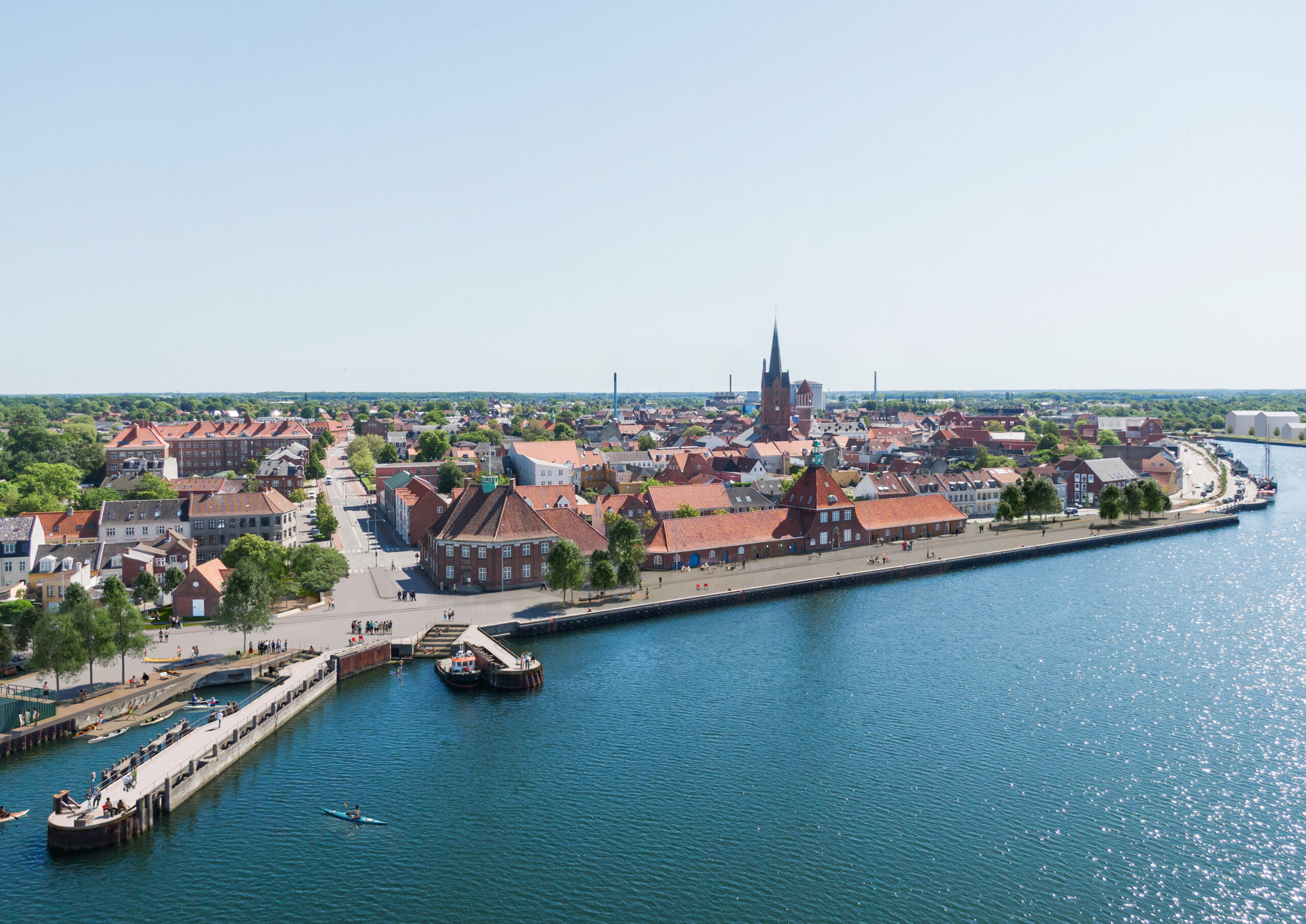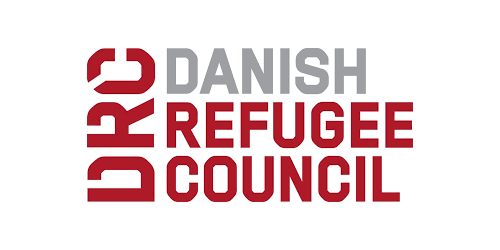One of the Danes missing after the second-deadliest typhoon on record struck the Philippines on November 8 was contacted by the Foreign Ministry in the early hours of Sunday.
That brings the number of Danes still unaccounted for down to eight.
"Last night we could cross out another name from the list," Foreign Ministry spokesperson Ole Egberg Mikkelsen told Berlingske newspaper yesterday. "Now we are down to eight people we haven't heard from yet and we are trying to get in touch with them as well."
READ MORE: Number of Danes missing in Philippines continues to fall
Search-and-rescue mission
To find the last Danish survivors, a search-and-rescue team of experts who have experience in finding missing people in disaster areas, arrived in the Philippines on Friday. The team is made up of individuals from the Foreign Ministry, the national emergency management agency Beredskabsstyrelsen and the national police.
They are currently in the capital of Manila but will travel to remote areas in the devastated nation to search for the unaccounted-for Danes.
"Getting around in the Philippines is difficult due to the archipelago's vast distances and ruined infrastructure, but it is the only way for us to make sure if the last Danes are all well," Mikkelsen said.
Only in rare cases has the government dispatched a search team to find missing Danes. The last time was during the 2006 Lebanon War when citizens had to be evacuated from the country.
Danish Drone technology to help NGOs
As the government search team arrived in Manila, two drones and a drone expert from the company Danoffice IT also departed to the Philippines to aid humanitarian organisations.
The two unmanned X1 quadcopter drones each measure 60cm across. Hovering a few metres above ground, they provide aid workers with maps and detailed photographs of the devastated areas.
"If there has been a mudslide or other damages in an area, the drones can tell the humanitarian workers what to prioritise and where they have to put their strength," the head of Danoffice IT, Lasse Heckman, told DR Nyheder.
READ MORE: Search continues for missing Danes in the Philippines
While most people may think of drones in relation to war missions, Heckman said that the use of drones in aid work after catastrophes is something we can expect to see much more of in the future.
"This is one of the first projects where civil drones are being used in humanitarian work," he said.















